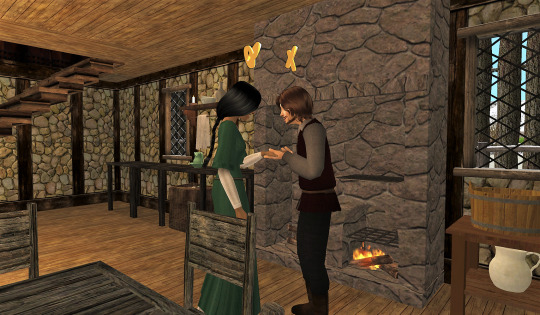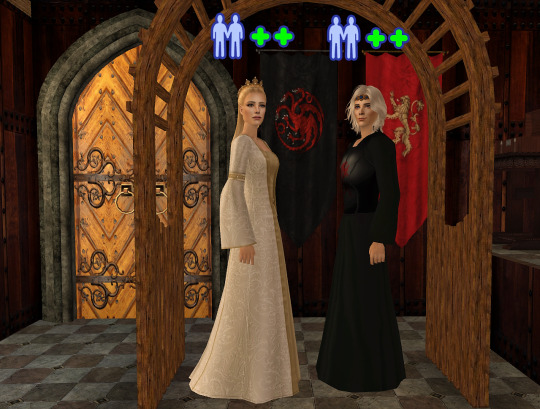#galli
Text
One of the oldest goddesses in the historical record is Inanna of Mesopotamia, who was referred to, among other honorifics, as “She who makes a woman into a man, she who makes a man into a woman.” The power to alter such fundamental categories was evidence of her divine power. Inanna was served by at least half a dozen different types of transgendered priests, and one of her festivals apparently included a public celebration in which men and women exchanged garments. The memory of a liminal third-gender status has been lost, not only in countries dominated by Christian ideology, but also in many circles dedicated to the modern revival of goddess worship. Images of the divine feminine tend to appear alone, in Dianic rites, surrounded only by other women, or the goddess is represented with a male consort, often one with horns and an erect phallus. But it is equally valid to see her as a fag hag and a tranny chaser, attended by men who have sex with other men and people who are, in modern terms, transgendered or intersexed.
— Speaking Sex to Power: The Politics of Queer Sex by Patrick Califia
#m.#ishtar#aššurism#inanna#trans spirituality#galli#trans history#paganism#trans devotees#purposefully trans#trans is divine
721 notes
·
View notes
Text
A wild Sewpronia appears! She's here to kick ass and trans gender!

Sewpronia is a gallus, a devotee of Magna Mater from ancient Rome. The galli originated in what's now Turkey - or maybe Greece, or Mesopotamia. They arrived in Rome during the Second Punic War, after a prophecy declared the Romans couldn't win without the help of Magna Mater.
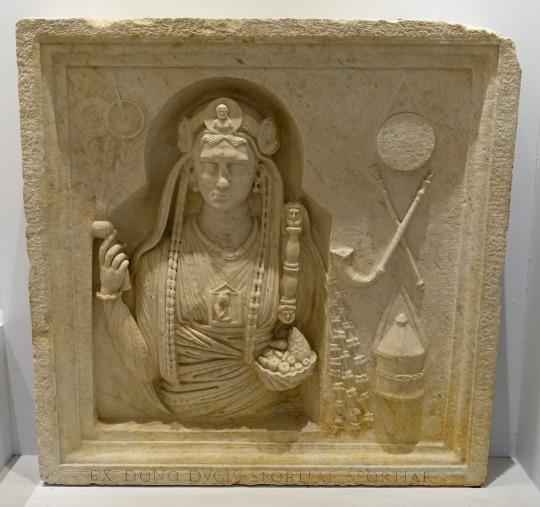
Galli were assigned male at birth, but they dressed femininely. They may have been what we'd now call transfeminine, nonbinary, or a "third gender" in Roman society: "They say they are not men...they want to pass as women," as Firmicus Maternus said.
It's always messy to use modern identities for ancient cultures. But for our purposes, Sewpronia is a trans gal. Her name is a pun on Sempronia the conspirator from Bellum Catilinae, because every woman needs to commit a little treason sometimes.

Her white and purple tunic, yellow shoes and makeup come from a description of the galli in Apuleius' Metamorphosis, the black and bronze jewelry are based on a gallus' grave found in northern England, and her long bleached hair follows the description in Robert Turcan's The Cults of the Roman Empire. Underneath, she has a strophium (bra/chest wrap) and subligaculum (loincloth).

Roman women wore this bikini-like outfit when exercising, as shown in this Sicilian mosaic:
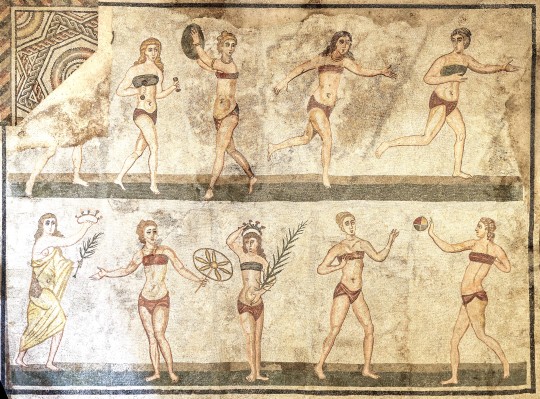
The galli had a curious place in Roman society. Men who were seen as too effeminate were looked down upon, and being compared to a gallus was typically an insult. I'm also not sure whether Roman citizens could become galli, or only non-citizens could, or if this changed over time. But everyone accepted that there was a place for the galli and their goddess in Rome - even Cato wouldn't have disputed that!

Please excuse any historical inaccuracies or poor styling choices I made - and send me any good sources on the galli you know so I can learn more! In the meantime, I'm going to make Sewpronia more cute outfits. She appreciates them much more than Cato the "shoes are modern decadence" Yarnier.

Sewpronia and Cato are based on Allison Hoffman's AmiguruME doll pattern. Happy Trans Day of Visibility, everyone!
#sewpronia#cato the yarnier#crochet#galli#gallus#trans day of visibility#trans#queer history#jlrrt speaks
73 notes
·
View notes
Text

Itō Jakuchū (1716 –1800)
31 notes
·
View notes
Text

My original character. Beautiful whitehaired eunuch-priest Atis. He is Yardan's mentor and the chief priest, the head of the galli's community (galli or gallus is an eunuchs priests of gods Attis and Cybele in ancient Rome). He received the name Atis in honor of the god Attis, to whom he dedicated himself, becoming a priest. Real name: Callictus. He is a former military leader who fought for Rome, but then, realizing the sin of murder, he became a eunuch and drank water from the spring of immortality. Half Celt and half Roman. He has mystical powers and wisdom.
HQ 3k artwork + steps process (a little bit): here
If you are interested, support me on Patreon and if you have the opportunity, join! Your feedback and support inspire, it's meant a lot to me! <3
Current social media algorithms are bad for artists, and with the abundance of generated work, it is very difficult for real artists to get ahead. Please support real artists.
9 notes
·
View notes
Text
youtube
In this episode we move from Sumeria to Anatolia, Greece, and eventually Rome. Cybele, also known as the Magna Mater, was an extremely popular goddess that spread across the Roman empire along with her transgender priestesses.
Sources, Social Media Links, and Other Formats of the Show Can Be Found At:
www.vvalcourt.com
#trans#queer history#transgender#trans history#history#galli#cybele#rome#roman#lgbtqia#lgbtqia history#Youtube
2 notes
·
View notes
Text
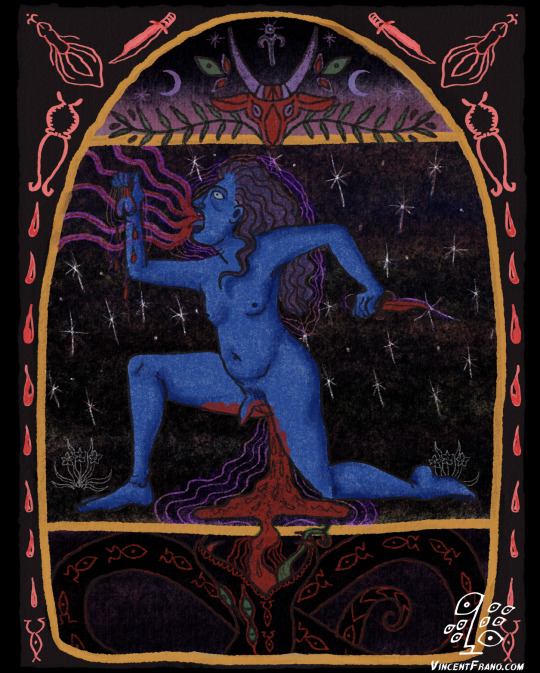
For as long as I can remember, gender has felt ambiguous within this body. As a child I learned — from a book about bones — how the Biblical story of Adam and Eve has led some to believe that males have one fewer rib than females (on account of Eve being made from one of Adam’s ribs). This fascinated me, so I would lie awake at night trying to count my ribs to find out if I was a boy or a girl — surely the skeleton cannot lie, I thought. Invariably I always lost count, left frustrated that I would never know the truth of my gender. Beyond my own questioning, others have inquired about my gender since birth. From an ambiguous birth name to androgynous features, being asked “are you a boy or a girl?” began long before I even knew about gender variance and what it is to be transgender or third gender.
As I’ve told in Spirits We Are, I identify as part of a collective being: the product of trauma and a thread connected to our ancestors. This experience of multiplicity and ancestral connection has everything to do with our shared and individual relationships to gender and the body. As we’ve begun the process of healing within, I’ve simultaneously been on a journey to rediscover the queer history of my ancestors. My twin spirit has been my primary guide on this exploration, as they are the one tied to our ancestors most deeply. They expressed clearly our ancestral connection to persons with male genitalia who would partially or fully castrate themselves, whip their bodies to bleed, dancing ecstatically to tambourines and the clashing of knives. In time, I was able to uncover a name for these people: the Galli.
The Galli were just one of several spiritually connected gender variant peoples in the ancient Mediterranean world. Throughout the region male, female, and intersex bodied people (male-bodied being most written about) would take on the role of the opposite sex or a third gender for cultural and spiritual purposes. Only a few of these variant identities continue to exist in some form today, many having been erased with the expansion of Abrahamic religions. The Feminnielli of Naples, Italy is one such identity which traces their origins back to the Galli and the cult of Cybele.
Discovering that my ancestors have an ancient heritage of gender variance felt like opening a door I had been unable to see, but knew must exist. It was an even greater feeling of comfort to see my experience of gender reflected in people living today in the land of my ancestors — a rare vestige of an ancient cultural gender identity. Although my body’s ancestry and our ancestral connections do come, in part, from Southern Italy — because I am third generation, raised in the United States, I feel it is not my place to claim a cultural identity as Feminniello. Instead I claim an identity of third gender, as this reflects a generic cultural gender identity, something more specific than non-binary or gender variant. The cultural piece — though diasporic — is significant for me and for us as a collective. For us, gender has ceased to be an individual matter — it’s connected to ancestral spirits and to the very fabric of our spiritual beliefs. It is not so much a personal desire to be between as it is a duty to our ancestors. This life does not belong to one person. This life begs to remember for our descendants what our ancestors were forced to forget.
This month is LGBTQ+ Pride Month in the US and in sharing this I wish to express a sort of pride for a gender experience that isn’t often mentioned in the European-American cultures. Our collective roots have been cut so long ago that many have forgotten the tap root we all once shared, now that we are left with thin fibers tangled at the surface. But some of us are compelled to dive deep into the soil, to recover the withered remains of that deep wellspring of culture that recognized (imperfectly) the varied genders of humanity within Europe. Perhaps, if enough of us can twine our roots together, regrowth and renewal can come forth; opening the way for healing within and between cultures. Perhaps, in reviving our queer ancestors we can provide foundations for our queer descendants to grow upon. For this some of us must find our genders in the past — digging in the dark recesses to recover the blood an bone — while others must find them in the present or future. Many strands wound together become stronger than a single thread can ever be.
Can you imagine my excitement, then, to learn about a documentary on self-discovery and the Feminniello called Summer Within? Here is another descendant from Southern Italy, also raised in the United States, who is seeking connection to their queer ancestors and modern people whose gender exists between. Once again I felt a sense of reflection and relation. Though our paths and stories are vastly different, we share a commonality; we walk parallel to each other on the margins.
The digging into the deep recesses has felt like my/our path. As we explore our ancestral connections to spirit and gender, the distinction between “self” and “other” becomes increasingly blurred. To be trans and third gender in this life is not just about a desire to be a singular “me” — it is about being someone my great-great-great-great grandmother could not be. It’s about healing the misogyny of many generations of grandfathers. It’s about reviving ancient ways that my blood and bone hold memories of. It’s a way to honor the mother-fathers of the deep past where words no longer hold meaning. It’s about living for those who came before us and those who will come after us. It’s about the thread that ties us to the spirits of our ancestors and the old gods the once called by name. It’s about honoring this life as a gift, even when that gift is named a curse by the society we live in.
What more can we do — those of us who are queer by label or identity — than exist, live, breathe, love, and sing as we are. So that we may reflect in each other’s eyes and feel a sense of momentary belonging. There are some of us who must be seen in order to speak to the hidden ones, “you are never alone”. With such variety of human experience — of gendered experience — there must be such a kaleidoscope of bodies existing in the glorious light of day and glistening in full moon light.
FROM OUR SKETCH BLOG
#third gender#third gender artist#galli#gallus#cybele#kybele#cult of attis#attis#Feminnielli#Feminniello#queer history#ancient queer history#ancient roman#ancient greece#ancient mediterranean#mediterranean#art#artist#journal#multiple#multiplicity#plural#plural artist#plural art#autistic artist#neurodivergent artist#trans artist#queer artist#lgbtq#lgbtqia
7 notes
·
View notes
Text
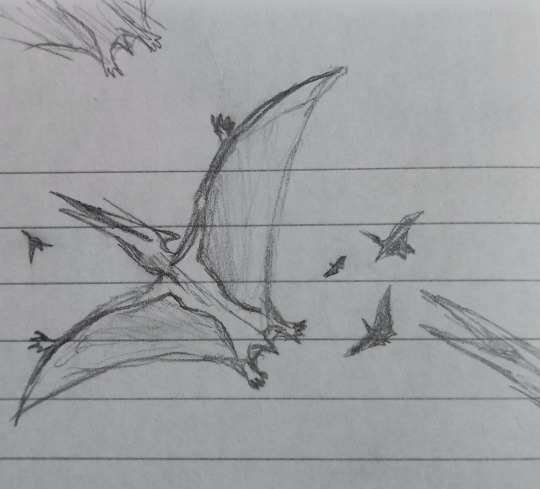
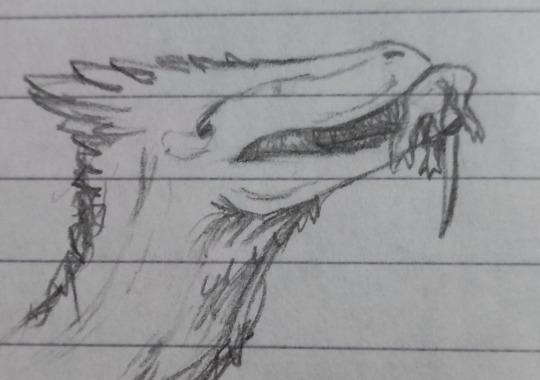


#dinosaur#dinosaurs#paleoart#prehistoric#art#artists on tumblr#dinosaur art#artwork#sketch#gallimimus#galli#deinonychus#deino#parasaurolophus#para#pterosaur
7 notes
·
View notes
Text

Citroen Xsara WRC rally car
27 notes
·
View notes
Text
shout-out to the stego herds in The Isle for adopting me time and time again as their precious pet galli
though we cannot communicate, know that your herd's kicky noodleneck loves you and will punt anything that comes near your baby stegos
#the isle#the isle evrima#gallimimus#stegosaurus#dinosaurs#dinosaur#dinosaur game#pc gaming#tenontosaurus#the isle gateway#galli
4 notes
·
View notes
Photo
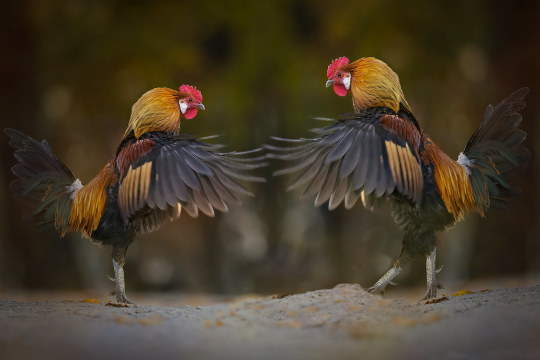
Politici gallesi by IVa e vieni 1 https://flic.kr/p/2o5NaBg
3 notes
·
View notes
Text
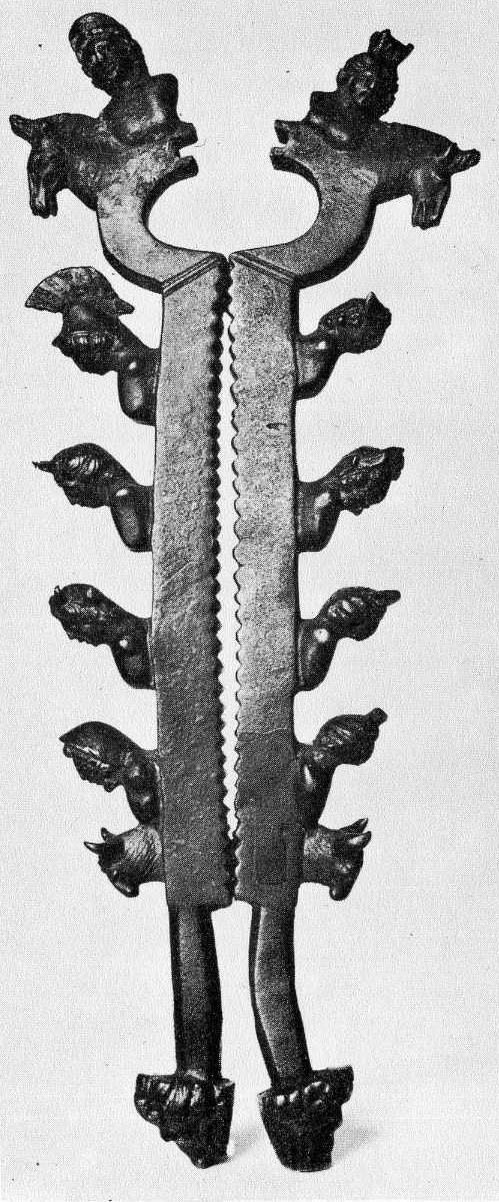
You don't want to know what this was for
12 notes
·
View notes
Text
Druidism and Asatru¿: Roots Deeper than the Earth Itself.
Though at first it may be difficult to believe, Druidism/Druidry and Asatru go hand in hand. Though terminology differs, much of what we understand as Druidism can be found not only within the Norse faith along with various Caledonian/Celtic faiths, but within similar Indo-European faiths as well, dating back thousands of years.
From the Spring Equinox to the Winter Solstice, these cosmic events have held significance for tribes all across the world since long before written history, and many of their monuments to the solar bodies that inhabit the night sky can still be found to this day. The stars, grass underfoot, all the mysteries of the cosmos and existence itself brought forth the Druidic faith, the first scientists; whose influence spanned nations. Though the common image of a Druid is that of a bearded man clad in long white robes, this portrayal comes to us from the Romans in their observation of the Celtic people, and only shows a portion of what Druidism once was.
Celtic Druidism as it is understood today is the coalescence of various Druidic faiths, including those of Anglo-Saxon tribes. Many Celtic, and Vikine tribes share their ancestry with that of the Anglo-Saxons, a cultural identity born from interactions with Germanic tribes. These Pagan Anglo-Saxon tribes worshipped Gods still referenced in modern Paganism, such as Ēostre and Wotan, who are closely related theologically to much earlier Proto-Indo-European Gods. Likewise, the Gods and Goddesses of Druidic faith, such as Brigid and Badb, were found to have been worshipped among these tribes, likely stemming from the same Proto-Indo-European faiths which had inspired people to build monuments to the stars.
The birth of Asatru (Modern) was brought about in the early days of the Pagan revival, and deals specifically with Forn Sidr (Traditional) which is the first name given to the Norse faiths by Normani tribes. These tribes, along with the Galli (Early Gaulish Nomadic peoples) would make their name as fierce warriors during the Roman Eras, fighting as mercenaries in countless battles across Britannia, and eventually settling in Caledonia, a Tribal Confederacy located in what is now North Britain, equating to Scotland. Here alongside a number of Brittonic, Milesian Scot, and Anglo-Saxon tribes, (as well as later being joined by some Scandinavian tribes from the far North) they would be observed feasting, drinking, and hailing the deities of their faiths by Saint Bede during the eighth century, giving the world its very first written account of the Druidic faiths that had existed for so many centuries prior.
During its revival, the Norse faith would go through a sort of coalescence of its own, combining the beliefs of various Normani tribes in order to give rise to what we know today as Asatru. A reflection of the Northern tribes, the Sagas and Edda's that have helped form the faith are part of a much greater story, a story that continues to unfold even now as our understanding of history grows.
End of Part 1.
#pagan#paganism#forn sidr#ancestry#asatru#germanic#heritage#history#lineage#Gaelic#Galli#Anglo-Saxon#Pict#Briton#Milesian Scot#Britannia#Celtic#Druidic#Druidism#Caledonian#Caledonia
3 notes
·
View notes
Photo

Fincantieri, il “conflitto” di Graziano
Il generale, ex capo di stato maggiore della difesa, è stato chiamato al vertice del colosso navalmeccanico. Nessuno si scandalizza più per queste sliding doors: il passaggio, ben retribuito, dalle poltrone militari a quelle dei consigli di amministrazione delle aziende della difesa. Nello scorsa legislatura è stata affossata la proposta di legge che lo regolamentava
10 notes
·
View notes

